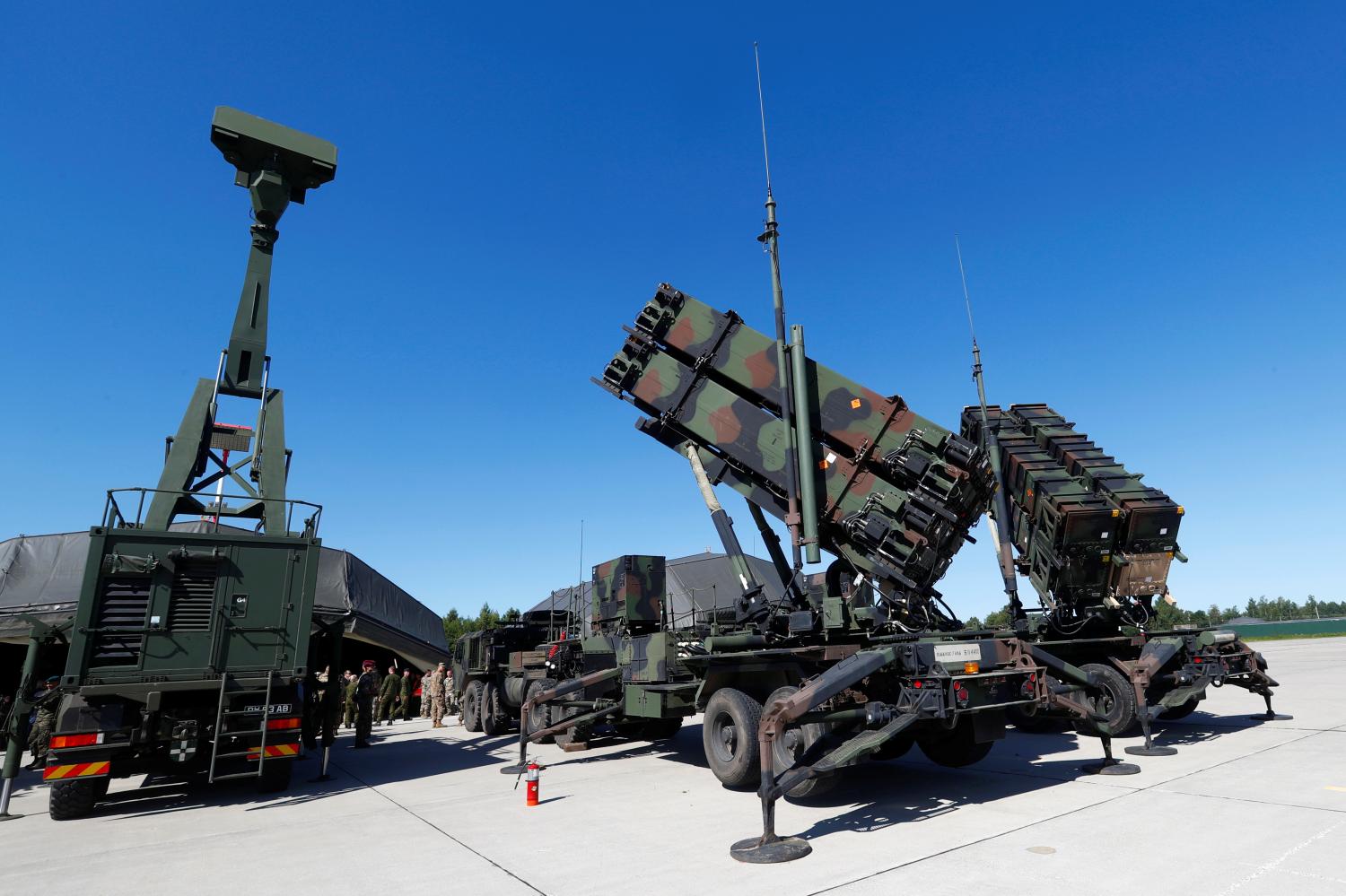This paper was originally published as part of an edited volume jointly produced by Brookings and the Italian Institute for International Political Studies (ISPI), titled “The Global Race for Technological Superiority: Discover the Security Implication.”
The United States, Russia, and China have agreed on at least one thing in the area of their defense postures: The realm of conflict is increasingly playing out in the world of cognition and decisionmaking, also known as the information domain. This paper focuses on only the part of the information conflict that is directly related to military systems.
Military forces on foot, in ships, and in aircraft engage with each other through sensors such as radars, optical systems, and passive electronic measures. Commanders send orders over radios, and may receive updates from data relayed through satellites. Remote-controlled drones use signals transmitted from space as well as human controls, and roadside bombs can be activated using devices as common as garage-door openers. These signals all propagate as electromagnetic waves, and the military measures and countermeasures used in this conflict are collectively called electromagnetic warfare (EW). While all modern militaries use EW systems, Russia’s use in eastern Ukraine and Syria has served to warn the North Atlantic Treaty Organization (NATO) about the potential impacts of EW at all levels of conflict.
Examples of EW functions include: directing energy to attack and disable personnel, facilities, or equipment; taking actions to protect one’s own forces from directed energy; jamming radar and communications; injecting deceptive data into radars and communications; and finding the location of an adversary’s communication and radar emitters. Electronic warfare also includes jamming GPS signals or injecting false location data to users of GPS for navigation or timing. Many of these measures and countermeasures are partially or fully automated due to the speed of the action/reaction cycles between them.
An enormous investment of human expertise in signal processing design is incorporated in these systems. Is artificial intelligence poised to disrupt these technologies, and change conflict in the electromagnetic domain?
EW systems directly affect the information space of military conflict. With the increasing automation of EW systems, modern artificial intelligence (AI) algorithms are being investigated to determine their value as a component of new EW systems. This paper explores the ways in which modern AI algorithms may or may not be incorporated into EW systems, and prospects for the sudden emergence of a Russian AI-driven EW capability. It also highlights the serious dilemma created by effective EW, as it can inhibit human control over unmanned weapons, while at the same time bolstering NATO’s deterrence of Russia. As EW becomes more effective at jamming remote control of mobile weapons, it is likely to generate a technical imperative for greater autonomy in those weapons.





